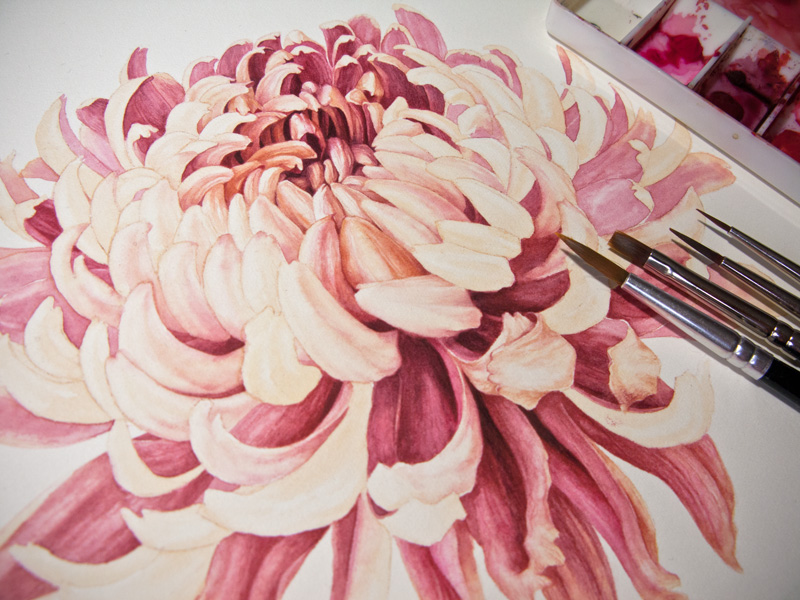
Previous post: The Sketch

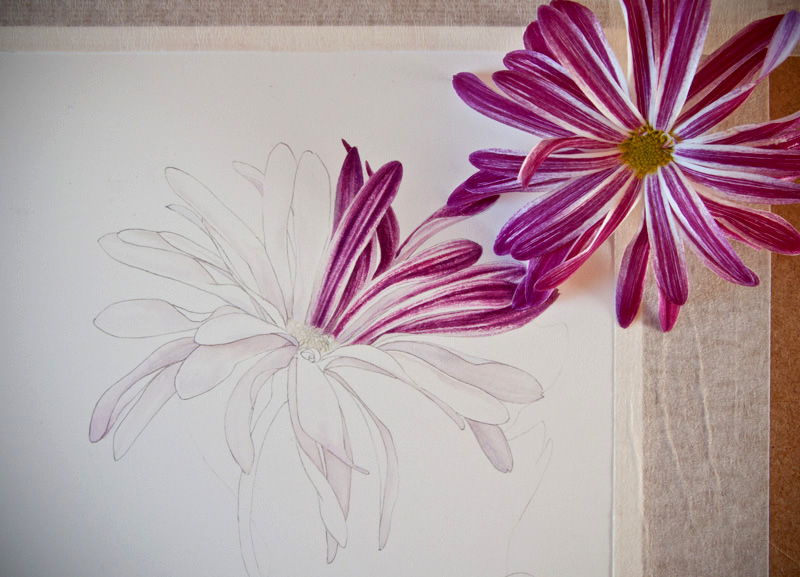
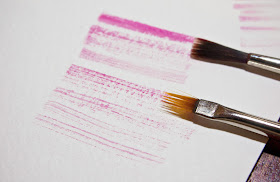 Wet in wet and glazing are watercolour techniques I use the most, but sometimes an object requires a different technique. This Chrysanthemum flower has hard edged/ broken pattern with striking colour on each petal. For it, I need a touch of dry brush technique.
Wet in wet and glazing are watercolour techniques I use the most, but sometimes an object requires a different technique. This Chrysanthemum flower has hard edged/ broken pattern with striking colour on each petal. For it, I need a touch of dry brush technique.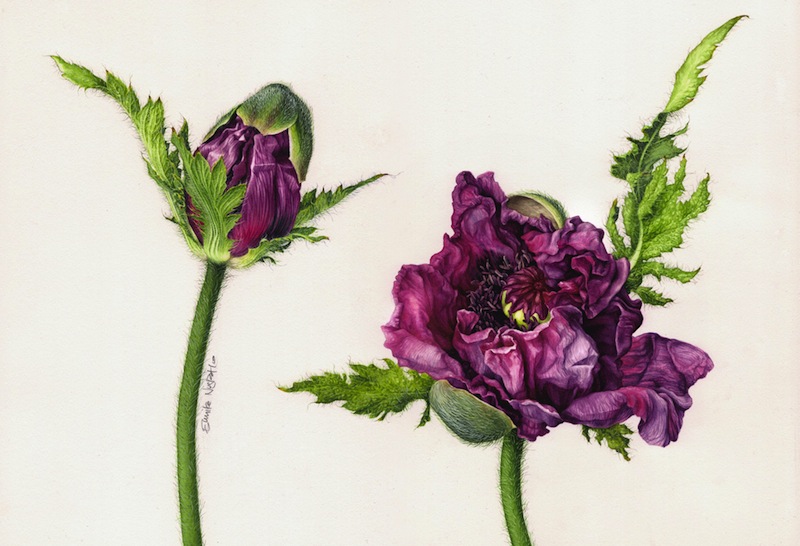 Just ZOOM in on it to see the details :)
Just ZOOM in on it to see the details :)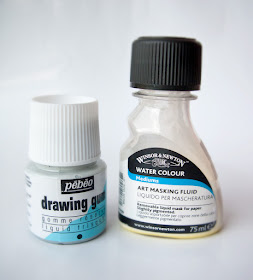 A few years ago, I won't have many options for watercolour papers or medium in Indonesia as I have now in the UK, such as masking fluid, a latex-rubber fluid that is applied to retain the white watercolour paper or wash underneath. I used to know only Winsor & Newton art masking fluid.
A few years ago, I won't have many options for watercolour papers or medium in Indonesia as I have now in the UK, such as masking fluid, a latex-rubber fluid that is applied to retain the white watercolour paper or wash underneath. I used to know only Winsor & Newton art masking fluid.